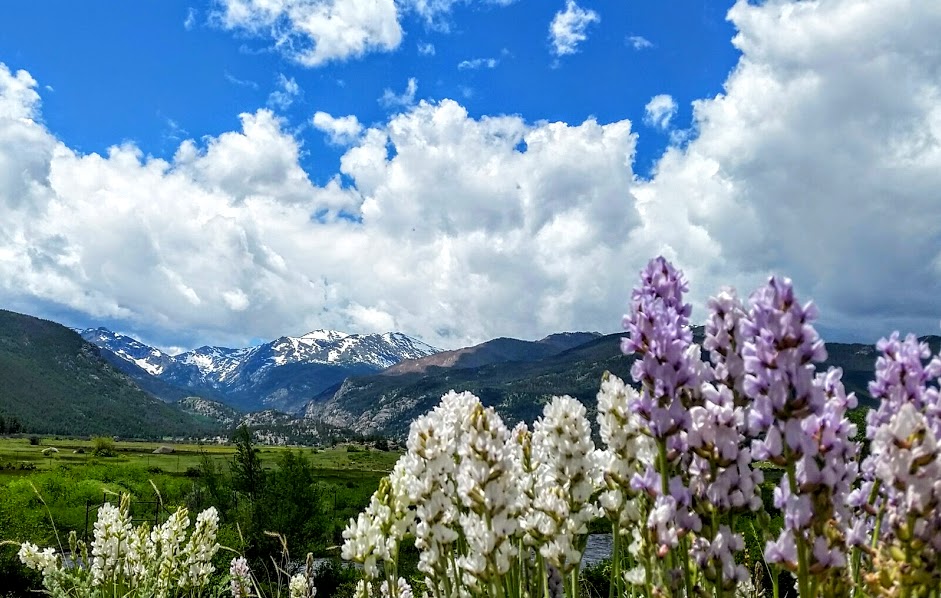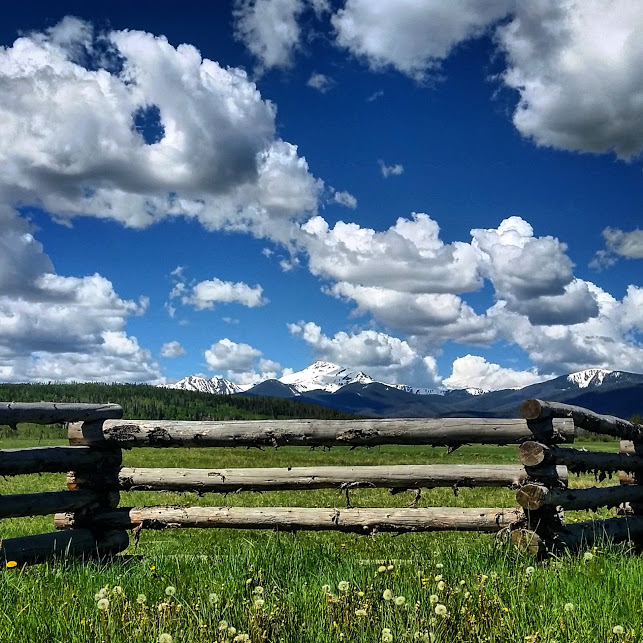This post is both stand-alone as well as a part 3 from my ‘Expanding Our World, Expanding Our Movement’ series (Interested? Here’s part 1 and part 2). It revisits and reinforces some of what has been written about in previous movement posts but this one is specific to why I think movement variability and moving through postures, and not specific movements or specific methods or specific workouts or specific postures, are so incredibly important when it comes to changing pain.
Movement is life, when movement becomes restricted and restrained, so does life
Many of us who’ve had pain for a while or who have been injured have been in physical therapy or have worked with personal trainers where very specific sets of movements are ‘prescribed’. These movements, or exercises, tend to be pretty universal and aren’t particularly tailored to an individuals needs, goals, or likes; everyone is given a version of the same sets of exercises (some regressed, some progressed, dependent on ability) that are automatically progressed via some timeline or algorithm.
Oftentimes, we’re also told that our pain (or injury) stems from our weak cores or amnesiac glutes or because we have poor posture or because we’re unstable or asymmetrical, that some of our muscles aren’t firing when they should or that muscles are turned off or turned on out of sequence. When that is our exposure to movement after injury or when dealing with pain, we can start to think there is this one right way to move, to sit, to function.
That’s not true, there is no one right way, and it can lead us down a path of pathologizing movement and making the pain worse, not better. I’m not saying none of it is true, some or any of this may be true, but the truth is, we don’t know what, if any of it, matters a whole lot.
You see, any one of these things are more likely present because we’re in pain rather than be the cause of our pain.
Pain and movement
We do know that pain makes us move differently. This makes sense, pain is a danger signal, it’s an alarm that we may be under some sort of threat, and moving differently is a protective mechanism. This happens whether or not there is tissue damage, in fact, moving differently to protect our system can happen totally independent of tissue state and be solely dependent on context and the environment we’re moving within.
To demonstrate what I mean, think about walking along a darkened alley at night in an unfamiliar town – would you move differently than on your own street in the middle of a sunny day? Chances are you’d be moving more slowly, more cautiously (or faster and hell-knell, depending on how you approach such things!), and that you’d be looking around you more frequently in the strange, dark alley than you would be in your familiar, well-lit, neighborhood.
So we move differently in different contexts, and pain is a part of our context when it’s present and it can change our movement to help try to protect us.
Even without pain we all move differently all the time. All animals do. Movement is variable by nature, we don’t move like robots (although when we try to stifle movement or avoid certain movements, we get close!).
The best movers amongst us, elite athletes and dancers and the like, have all sorts of asymmetries and weaknesses and imbalances and differences in muscle firing sequences, too. They move differently from season to season, day to day, performance to performance, moment to moment.
Human movement is variable by nature – that’s a good thing
We all move differently. We all move differently than each other and we all move differently in different contexts. Even the greatest athletes don’t perform identical movements each time they throw or kick or shoot or jump or run or stop – their movement is variable and can even become more variable the better they get at their sport, affording them lots of different ways of performing a skill rather than just one.
This allows a basketball player to make a jump shot off the dribble, off a pass, while guarded, while wide open, etc. The shot is the same basic movement but will be different in each situation dependent on the context.
This isn’t just for athlete and sport, either. We don’t perform identical movements each time we sit or climb stairs or carry groceries or stand in line at the grocery store – our day-to-day movements are variable, too.
How we move depends on all sorts of things, including all the stuff going on in the world around us, our external contexts, like the weather, the surface conditions, the lighting, what other people are doing around us, our clothing, noise levels, etc. as well as all the stuff going on in the world within us, our internal contexts, like our stress levels, if we slept or not, if we have any injuries or pain, if we ate or not, if we ate crap or not, if we’re sick or recovering from illness, if we’re distracted, if we’re in a slump, if we’re anxious or worried, if we fear movement or have been avoiding specific movements, if we’re constipated or have to go to the bathroom, if we’re upset or angry – you get the picture.
Lots of things affect movement. And lots of things affect pain.
There is so much that goes into movement, and into pain, that has nothing to do with our posture or our form that in turn affects our posture and our form, so it’s easy to get it all mixed up, you know what I mean? It’s all related in complex ways, it’s circles and squiggles and arrows pointing every which way, there’s nothing linear about it.
But that’s ok. It gives us entry points into changing our movement, thereby changing our pain.
Everything is related. Everything is important. No one thing is going to fix pain.
So our best course of action is to be good at moving in all sorts of ways and all sorts of contexts (for more, read this post on movement variability and resourcefulness by Todd Hargrove).
Particularly, we need to not avoid movements, particularly day-to-day movements required for functional living like squatting, carrying stuff, bending, twisting, sitting, stepping, climbing stairs, walking, reaching, lifting.
We need to be proficient and confident in all of those movements in all sorts of contexts in order to live our fullest lives. Nothing need be off limits.
And once we start to understand movement a bit more, it’s variable nature, our adaptability to all sorts of ways of moving in all sorts of contexts, we can start to fear less and move more, not just in our day-to-day but in all those areas of our lives where we want to move well and move more – whether it’s a mountain hike (my movement of choice – the pic above is in Rocky Mountain National Park) or playing with the kids/grandkids/nieces/nephews or joining a beer softball league or practicing martial arts or yoga or going shopping or getting out on the dance floor or taking the dog for a walk.
We’re not fragile beings constantly on the verge of being broken. Even when we’re in pain, even when it feels like we’re falling apart, even when we’ve been told we’re falling apart, that are knees are shot, that are back is crumbling, that our cores are weak and are glutes have amnesia (I’m not making that up, people say that). Rather, we’re incredibly resilient beings, adaptable beings, strong beings. We’re incredibly capable, all of us.
We’re pretty bitchin’, folks.
The human body and mind (they’re really all one thing, we need to stop thinking of them as two separate entities) is an amazing thing, astonishing, really. And human movement is a beautiful thing, we can do incredible things with our bodies, in all their forms.
So we need to stop confining ourselves to our small little painful worlds. We need to expand our world a bit. We need to climb outside the boxes everyone, including ourselves, wants to put us in.
Understanding + Acceptance + Movement = A Bigger, Awesomer World
To climb out of the box, we need to think about pain differently. It starts with understanding.
I’ve said it again (and again and again) but it bears repeating. Pain is an emergent experience that factors in all sorts of things going on in our lives from the state of our tissues to our immune function to our hormone levels to our muscular and cardiovascular fitness, which are each influenced by each other as well as our quality of sleep, our relationships, our moods, our fears and worries and anxieties, our activity levels, our goals, our values, our meaning, and on and on and on
Once we understood that, we can accept pain as a part of life (and acceptance doesn’t mean giving in or conceding to the pain, it’s far from it), not something that need be feared or avoided or battled. And we can get on with it, we can get moving. And movement doesn’t have to look like a certain thing, that’s what’s so beautiful about it, what’s so amazing.
Bigger worlds are better! And the better we can move, the better we can navigate through them.
Movement guidance vs movement prescription
And while I don’t think it’s beneficial for movement to be overly prescribed or dictated, I do think there is huge value in movement guidance.
Fortunately for us, there are plenty of folks out there who are wonderful movement guides: physical therapists, personal trainers, and clinicians who are hip to current pain science and can help us figure what we enjoy, where we’re currently at with our abilites, and how we can bet better at it. Because, let’s be honest, if it’s not something we look forward to or value as a meaningful part of our lives or if it’s something we don’t feel comfortable doing, we’re not going to do it.
So I’m all about finding out what we’re going to do, what we want to do. I’m all about figuring out how we want to move so we can get moving more. In the next post, I’ll be sharing some of how movement variability and expanding my movement repertoire has helped change my pain, opening the door to many ways of moving that I never thought I’d be able to do just a short time ago – from hiking to jogging to snowboarding to yoga.
I hope it will help you to figure out what may work for you, too.
Thanks for reading my post, folks! Part 4 will be out soon as well as an upcoming post on my most recent flare-up (and how I didn’t freak out), some thoughts on sleep, and a post that’s been on top of mind for a while on the corrosiveness of doubt and disbelief when we’re trying to change our pain.
If you like what you read, please sign-up for the montly(ish) newsletter. I know there are a gazillion newsletters out there but I hope this one is interesting and valuable, it always contains an unpublished essay as well as links to articles and blogs I find interesting in the worlds of changing pain, health, creativity, movement, and food (one of my favorite topics). Or hit me up on social media! I’m on Instagram, Facebook, Twitter and Pinterest, pick your poison (I only say that half-jokingly as I try to limit my time spent on screens!).


Pingback: Fear of movement and persistent pain